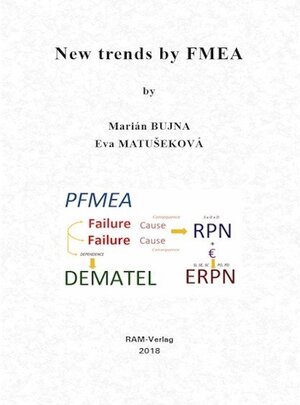
×
![Buchcover ISBN 9783942303781]()
New trends by FMEA - Abstract:
Key words: FMEA, RPN, ERPN, DEMATEL, Safety, Quality
Key words: FMEA, RPN, ERPN, DEMATEL, Safety, Quality


